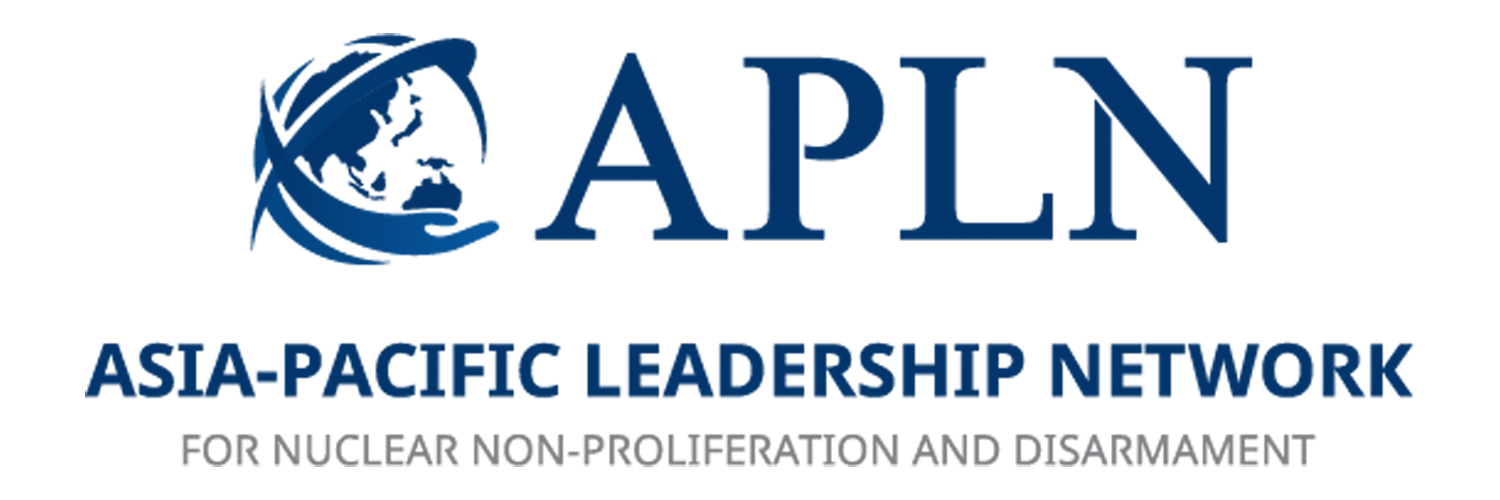[Press Release] DPRK Energy Development Measures in Alignment to the CTR
Seoul, Wednesday 17 March 2021
A new special report by Nautilus Institute Senior Associate Dr. David Von Hippel and Nautilus Institute Director and APLN Research Director Peter Hayes provides an extensive plan on the provision of humanitarian energy efficiency, renewable energy, and micro-grid measures to the Democratic People’s Republic of Korea (DPRK) as complementary to engagement-focused Cooperative Threat Reduction (CTR) activities.
The CTR Program was created by the United States after the dissolution of the Soviet Union to provide financial assistance and technical expertise to secure or eliminate nuclear weapons and other weapons of mass destruction. A modified and improved version of this program can be applied to the DPRK, where the dismantling of the weapons of mass destruction would be followed with additional measures to provide energy consortium, regional micro-gridification, and public health security.
The first step of the program should focus on energy sector assistance, prioritizing the installation of energy efficiency measures in the DPRK buildings sector and mini-grid systems powered by renewable energy for electricity generation. If deployed successfully, it could meet the requirements of a substantial pilot engagement project that would help kickstart other projects contributing to cooperative threat reduction on the Korean Peninsula.
Such a project would offer positive attributes such as highly visible symbolic improvements for the DPRK energy sector, consistency with DPRK stated interests, limited potential for military diversion, affordability, scalability, humanitarian and economic development elements, and increased face-to-face interactions between North Koreans and the international community.
This project plan by Von Hippel and Hayes analyzes DPRK’s energy supply and demand, identifies key elements of a cooperative project, and illustrates what the project might include, how it might be organized, what organizations and skills would be needed, an example project budget and timeline, and thoughts on the types of organizations that might be involved in a project consortium.

![[Press Release] DPRK Energy Development Measures in Alignment to the CTR](https://cms.apln.network/wp-content/uploads/2021/03/KakaoTalk_20210317_094727212.jpg)